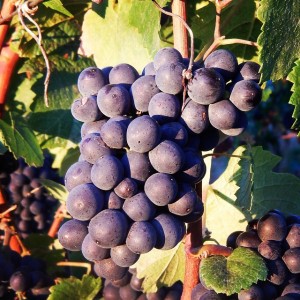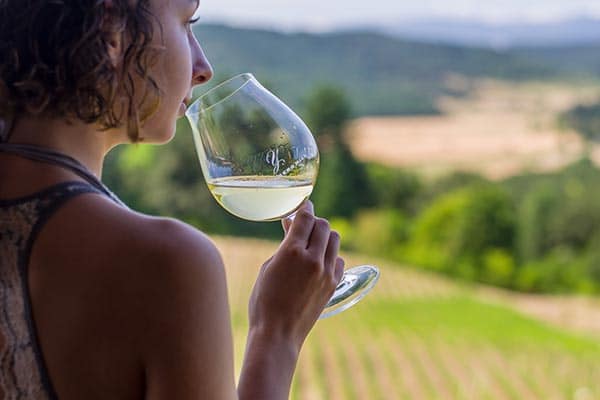 You may have noticed that wine alcohol levels have slowly inched up over the years. While it was hard to find a wine that naturally reached 14% alcohol by volume 35 years ago, it’s pretty common now. This high alcohol content has been attributed to the changing palate of the modern drinker as well as to climate change.
You may have noticed that wine alcohol levels have slowly inched up over the years. While it was hard to find a wine that naturally reached 14% alcohol by volume 35 years ago, it’s pretty common now. This high alcohol content has been attributed to the changing palate of the modern drinker as well as to climate change.
The modern wine connoisseur (that’s you!) tends to want softer tannins and lower acidity. Translation: we want something immediately drinkable. While many people buy a bottle, take it home and drink it, very few have wine cellars where they can let the tannins in their delicious beverages mellow and age to perfection.
This means winemakers can allow the grapes a little more hang time to collect some extra sunlight and sugar before harvest. Another advantage to allowing grapes to ripen more fully before the wine is created is there is a lower acidity to the wine. The intention of the harvest is to hit the sweet spot where the perfect amount of sugar intersects with the right amount of acid. In Oregon wine country, we also have to consider weather conditions. While we have had a bit of an Indian summer this year, there have been early cold spells in previous years, where the grapes had to be harvested just before the weather turned.
The ripeness of grapes when harvested, as well as any overripe grapes that sneak into a harvest can affect the overall alcohol content of the wine. As we have stated in previous articles, we hand harvest to ensure only the best grapes are used to create your wine. This means you don’t get grapes in your Youngberg Hill wine that we didn’t intend to use.
Once the fruit is harvested, the fermentation process eats up all those sugars and creates alcohol. Pinot Noir is naturally in the higher alcohol range – around 12-14% alcohol by volume on average. You can expect a much higher alcohol by volume in dessert wines like sherry or port.
Do you like the lower acidity and higher alcohol volume trend in wine? Let us know by commenting below.









